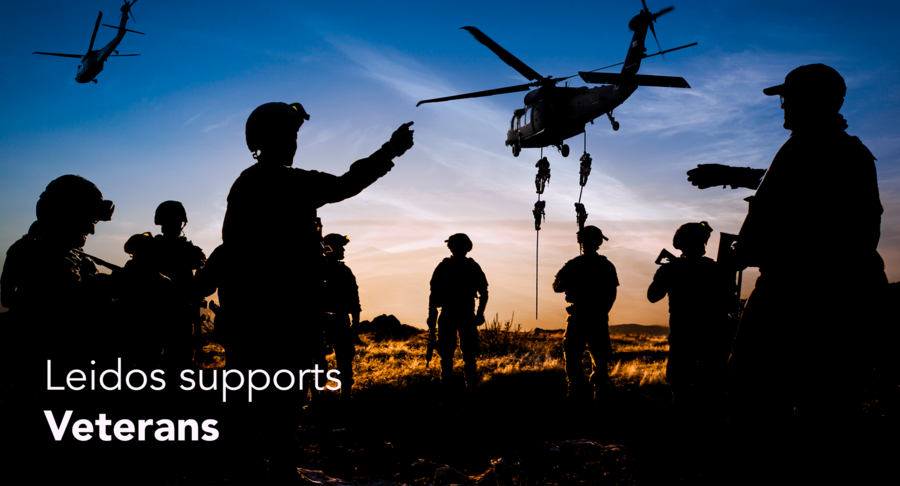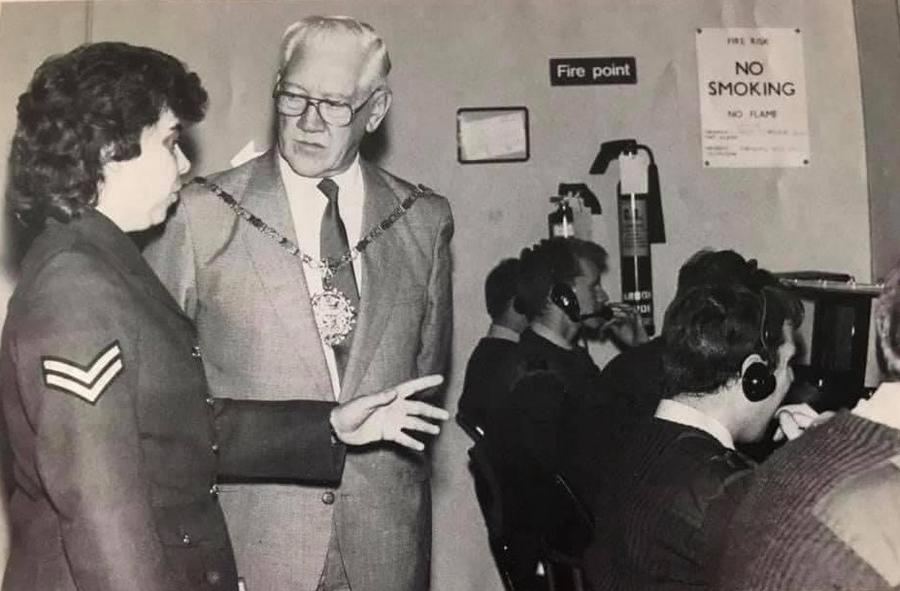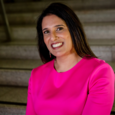Leidos' Julie Bloodworth discusses defence technology transformation
Leidos solutions architect Julie Bloodworth has seen more than her fair share of change throughout 46 years of working in defence.
“When I started in the Royal Air Force (RAF) in 1978, it was almost like in those Battle of Britain films where you have a huge map and people pushing pieces across it with long poles to represent aircraft movements,” she says. “I remember when we first got computers and they were these absolutely massive things. Now, of course, all of this is done on just a small laptop.”
In addition to providing an opportunity to witness how defence technology was evolving around her, the RAF also allowed Julie to move across a wide range of technical roles, from interpreting raw radar data to managing tactical data links and, eventually, working on the mission software for the Boeing E-3 aircraft.

There is so much change within a role in the military. Every time I moved stations, which would be every two to three years, it’s like starting an entirely new job. You’ve got some basic understanding, but then you have this empty sheet to build up the specific knowledge you need to become competent in your new role.
Julie Bloodworth
Solutions Architect, Leidos UK
Having started her career in the pre-computer age, working on software was the biggest learning curve of Julie’s career. And so, at age 40, she decided to do something she never thought possible and began a degree in computer science, becoming one of only three out of 30 students to complete the entire course.
Upon leaving the military in 2001, Julie joined a company called STASYS, which was eventually acquired by Leidos. Here, she has worked her way up from a role as a tactical data links chief engineer to becoming a solutions architect, responsible for the design and delivery of complex and integrated defence solutions.
“As a solutions architect, we don’t just look at the technical aspects but the whole solution from project management to finance, and the human elements too,” she describes. “My advantage is that I know a bit about a lot of things, which means I know where to go and who to talk to when we need to go into a particular area in more depth.”
It’s a job where there’s no substitute for the decades of experience that Julie has developed across her long and varied career, but also one that suits someone who enjoys being constantly presented with new challenges and opportunities to learn something new.
“I’m nearly 64 and I still enjoy work,” she says. “I love that adrenaline rush of being faced with a blank sheet of paper and having to turn it into something. It keeps your brain active, and so as long as I still enjoy it and have the mental capacity to do so, I’m going to carry on."





